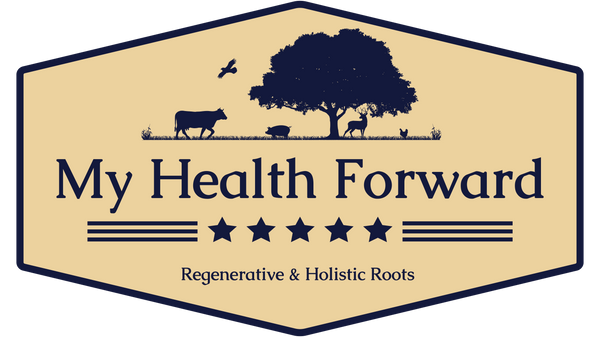Natural Herbal Alternatives to Tylenol
Subscribe to My Health Forward
Published September 25, 2025. Links to my herbal pain relief tinctures at the bottom of the blog.
A recently published Harvard University study suggested a possible link between acetaminophen use during pregnancy and an increased risk of autism and ADHD in children. While uncertainty lingers with this potential link, it's known that acetaminophen use also depletes glutathione, the most important antioxidant in the human body. The compound glutathione is present in all human tissues and plays a central role in supporting detoxification and liver function. Glutathione is produced in the liver from the amino acids glycine, cysteine, and glutamic acid.
Here are five herbal remedies that are studied for their effectiveness in reducing fevers, aches, headaches, joint pain, and pain.
1. Turmeric (Curcuma longa) - Curcumin is a yellow pigment found in turmeric, which is a flowering plant related to ginger. Curcumin has been used for a long time in Ayurvedic and Chinese medicine. It helps reduce inflammation, treat digestive problems, and improve the healing of wounds. Many clinical studies have shown that curcumin has benefits like fighting free radicals, reducing inflammation, and helping to prevent cancer.
2. White willow bark (Salix alba) - The bark of the white willow tree is one of the oldest natural treatments for pain and swelling. People have used it since ancient times in Egypt, Rome, Greece, and India to help relieve pain and reduce fever.
3. Omega 3 Fatty Acids DHA & EPA (found in fish) - Fish oil, specifically cod liver oil, has been used since the late 1700s to help treat muscle, bone, and disc-related problems. Now, you can enjoy the health benefits of fish oil without the bad taste and smell that older products had due to spoilage and harmful substances. Studies have found that omega-3 polyunsaturated fatty acids are among the best natural anti-inflammatory substances we have.
4. Ginger (Zingiber officinale) - Ginger exhibits a pain-reducing effect and can modulate pain through various mechanisms: it inhibits prostaglandins via the COX and LOX pathways, demonstrates antioxidant activity, inhibits the transcription factor NF-kB, and acts as an agonist of the vanilloid nociceptor. This narrative review summarizes the last ten years of randomized controlled trials in which ginger has been traditionally utilized as a pain reliever for dysmenorrhea, delayed onset muscle soreness, osteoarthritis, chronic low back pain, and migraine. In the case of dysmenorrhea, six eligible studies indicate a promising effect of oral ginger.
5. Capsaicin (found in chili peppers) - Capsicum annuum is a small bushy plant that first grew in the warm areas of the Americas. Today, it is grown all over the world, including in the United States. The small red fruit often added to chili gets its spicy heat from a chemical called capsaicin. Chemists discovered this over a hundred years ago, and it makes up about 12% of chili pepper. For hundreds of years, the native people of the American tropics have used this fruit for different healing purposes. Capsaicin creates targeted pain relief by damaging specific pain-sensing nerves. This can lead to noticeable and lasting increases in the ability to tolerate pain.
I make a number of organic herbal tinctures linked below that utilize these herbs along with many others that will help with pain, joint, fever, and muscle relief!
Organic Pain & Fever Relief Tincture
Share
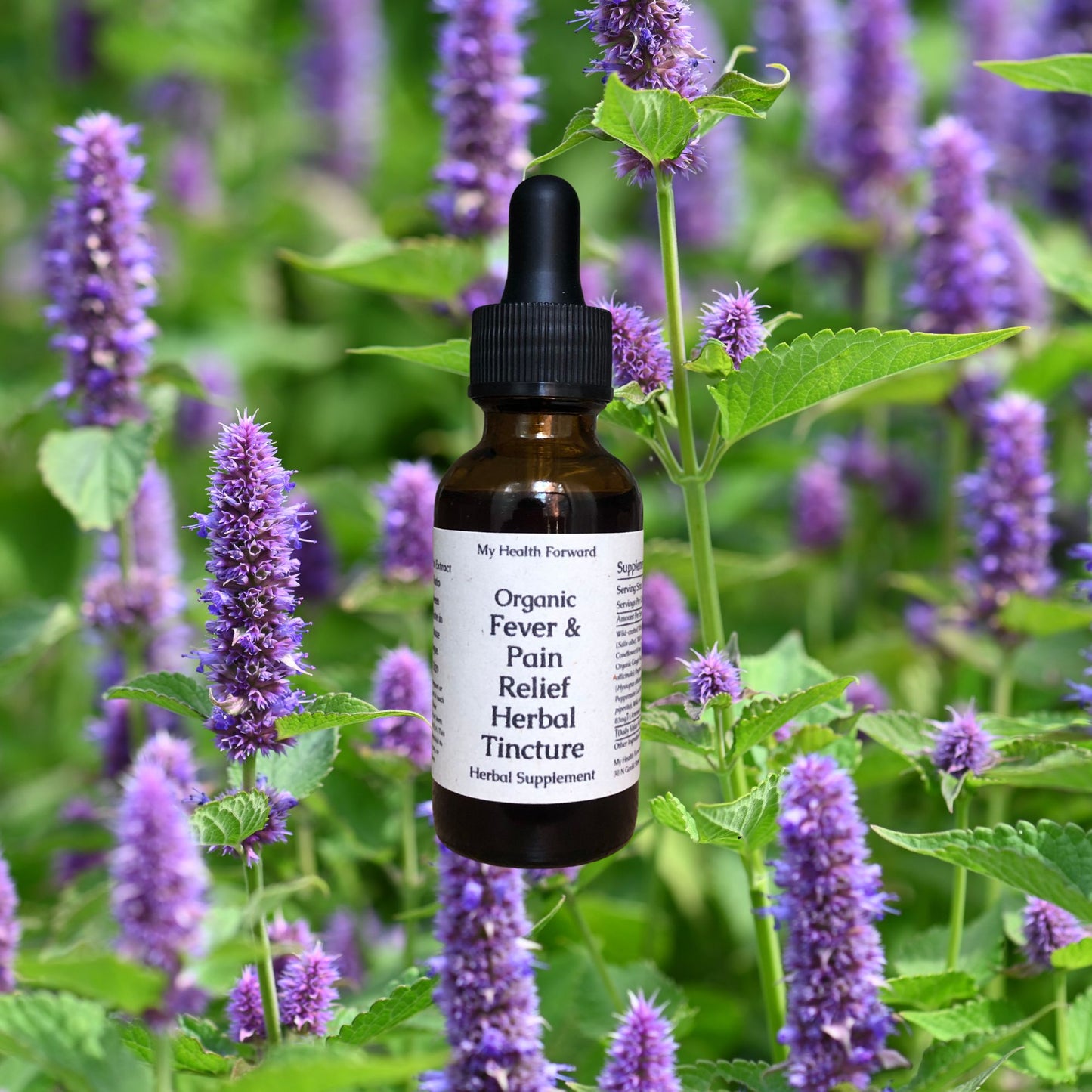




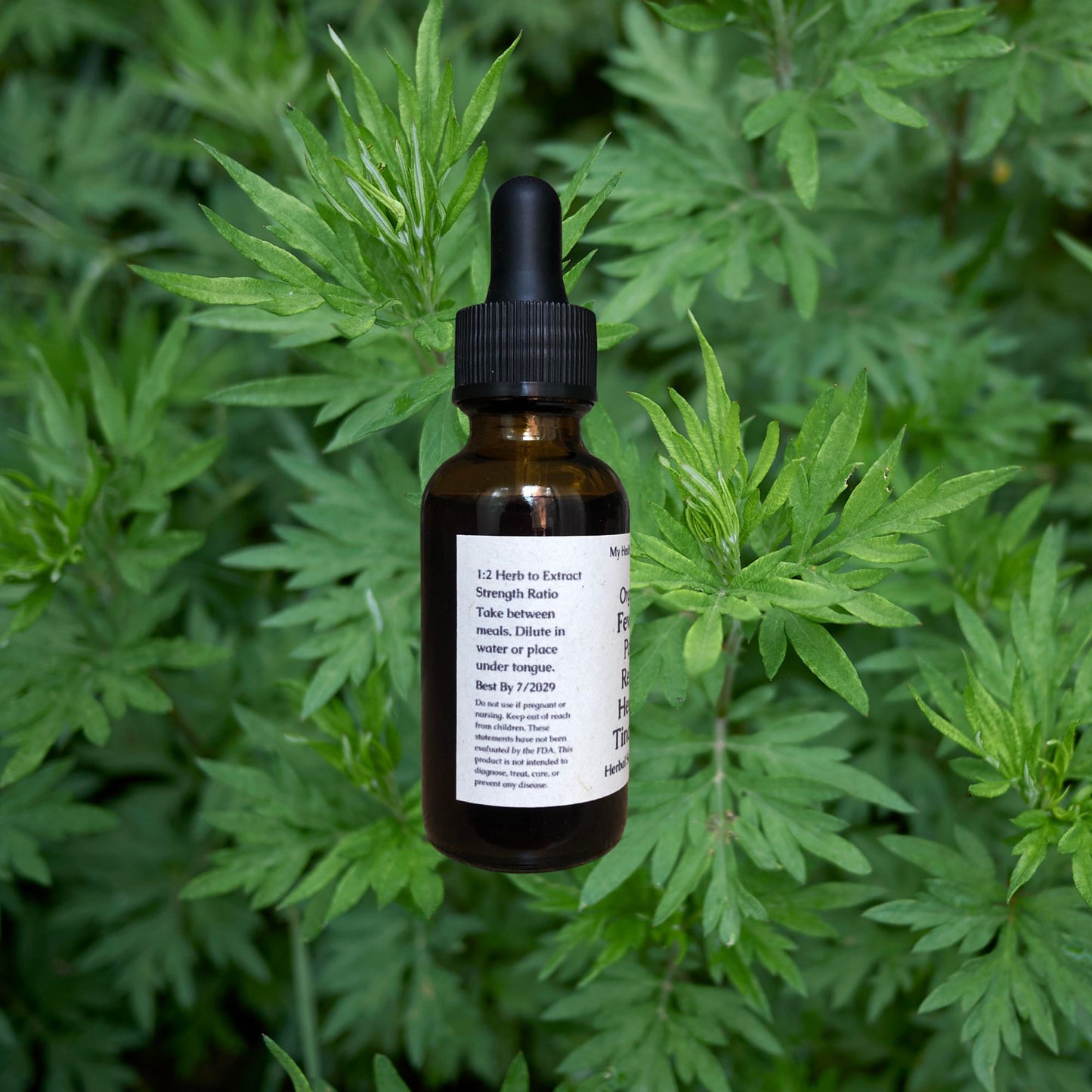
Organic White Willow Bark Tincture
Share
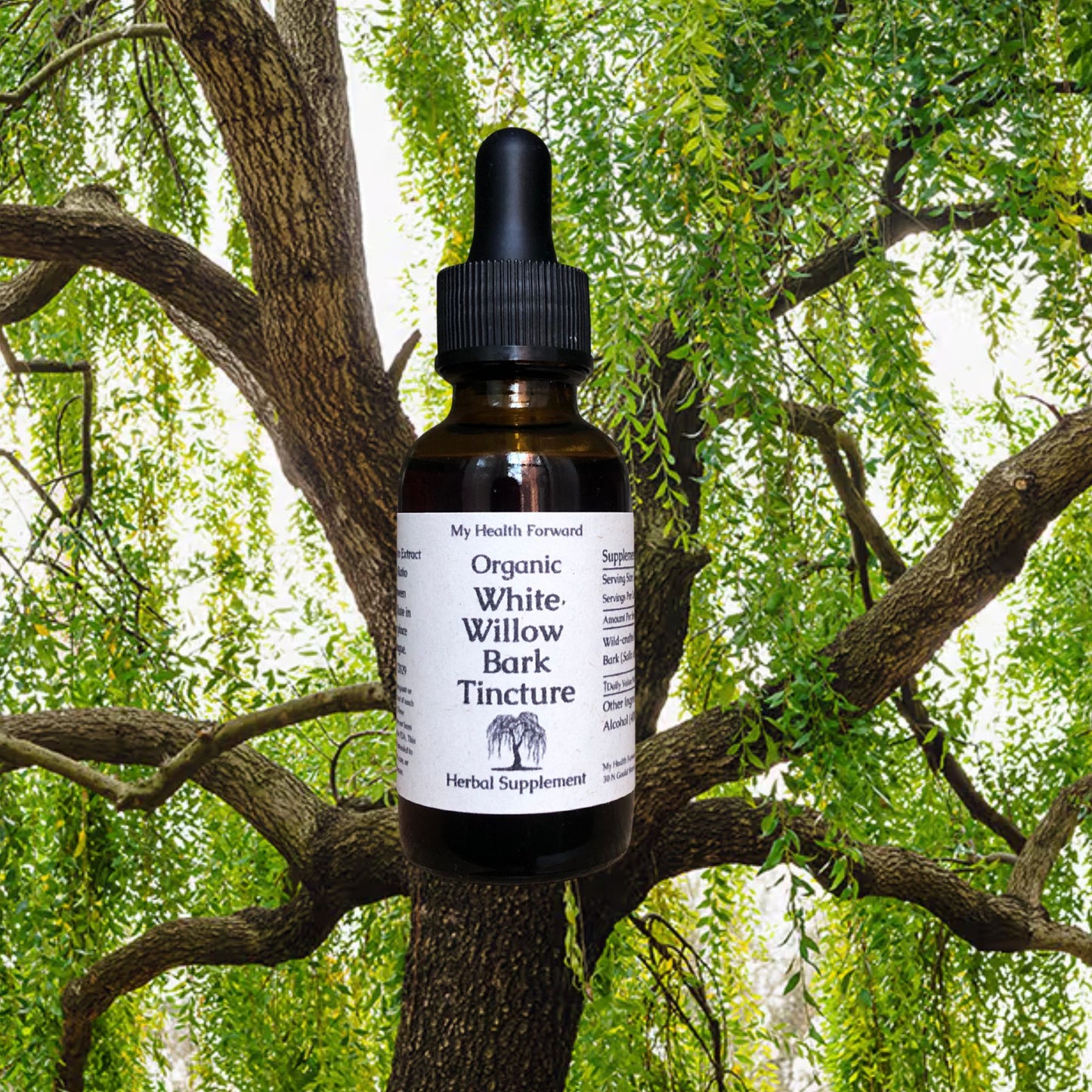



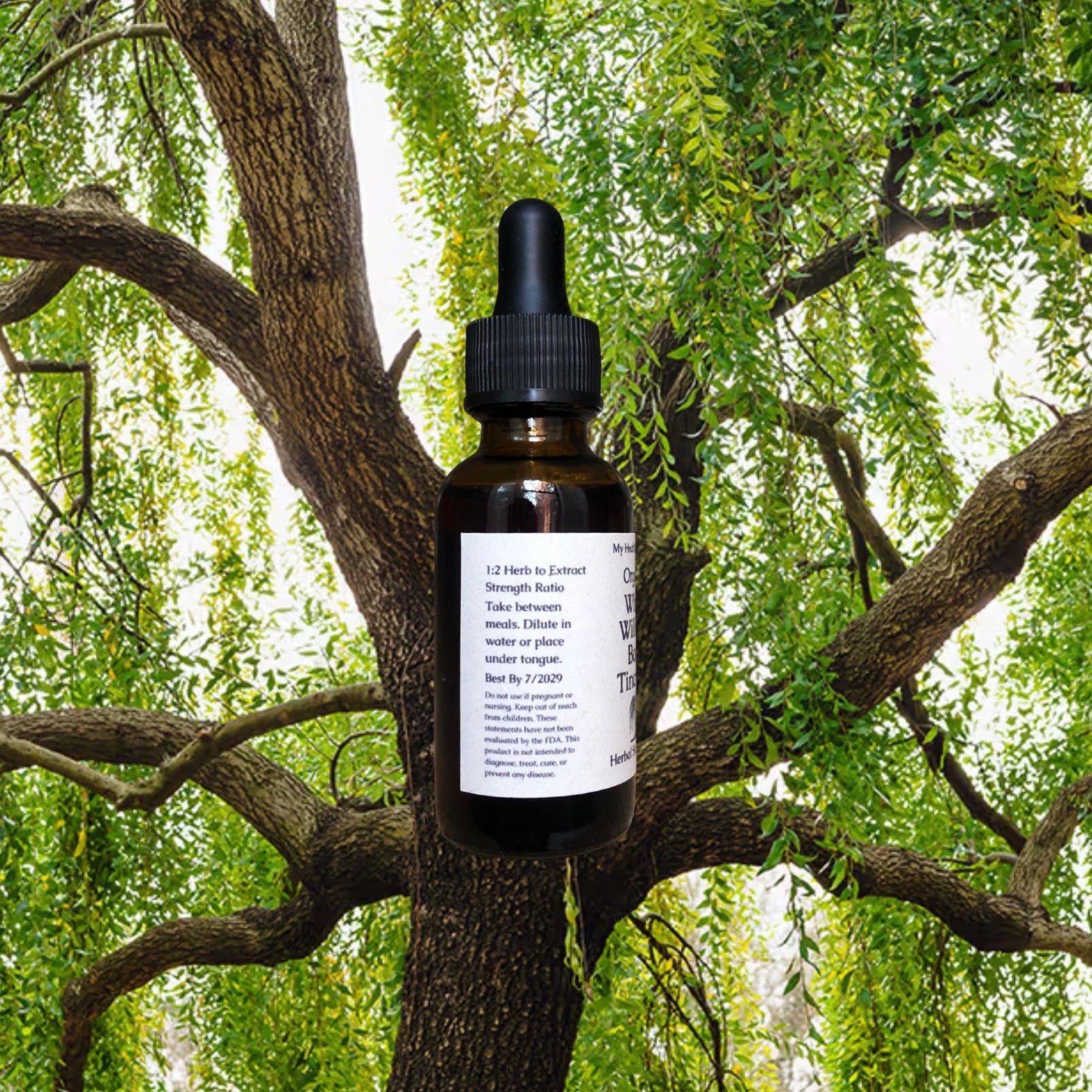
Organic Turmeric Root Extract
Share
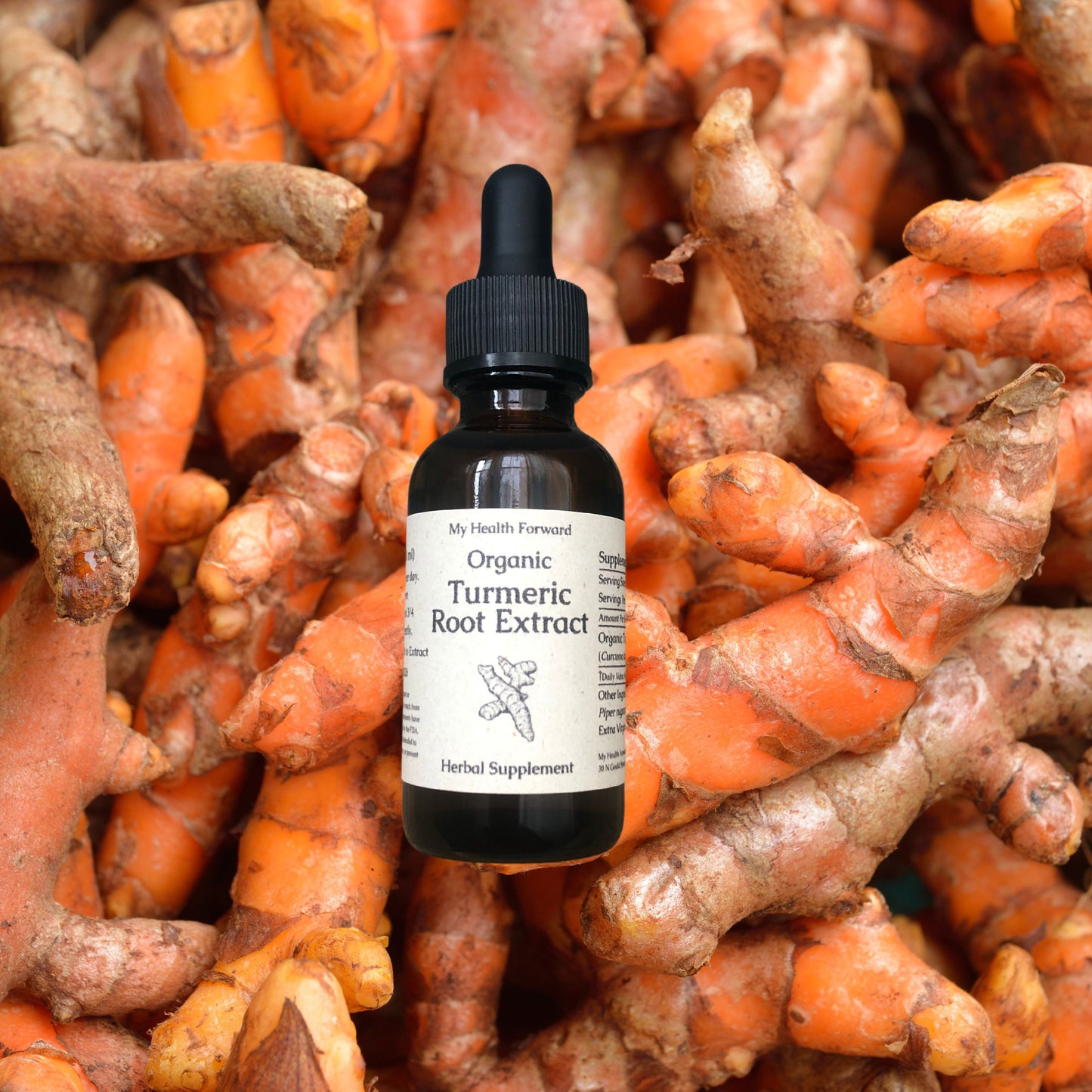
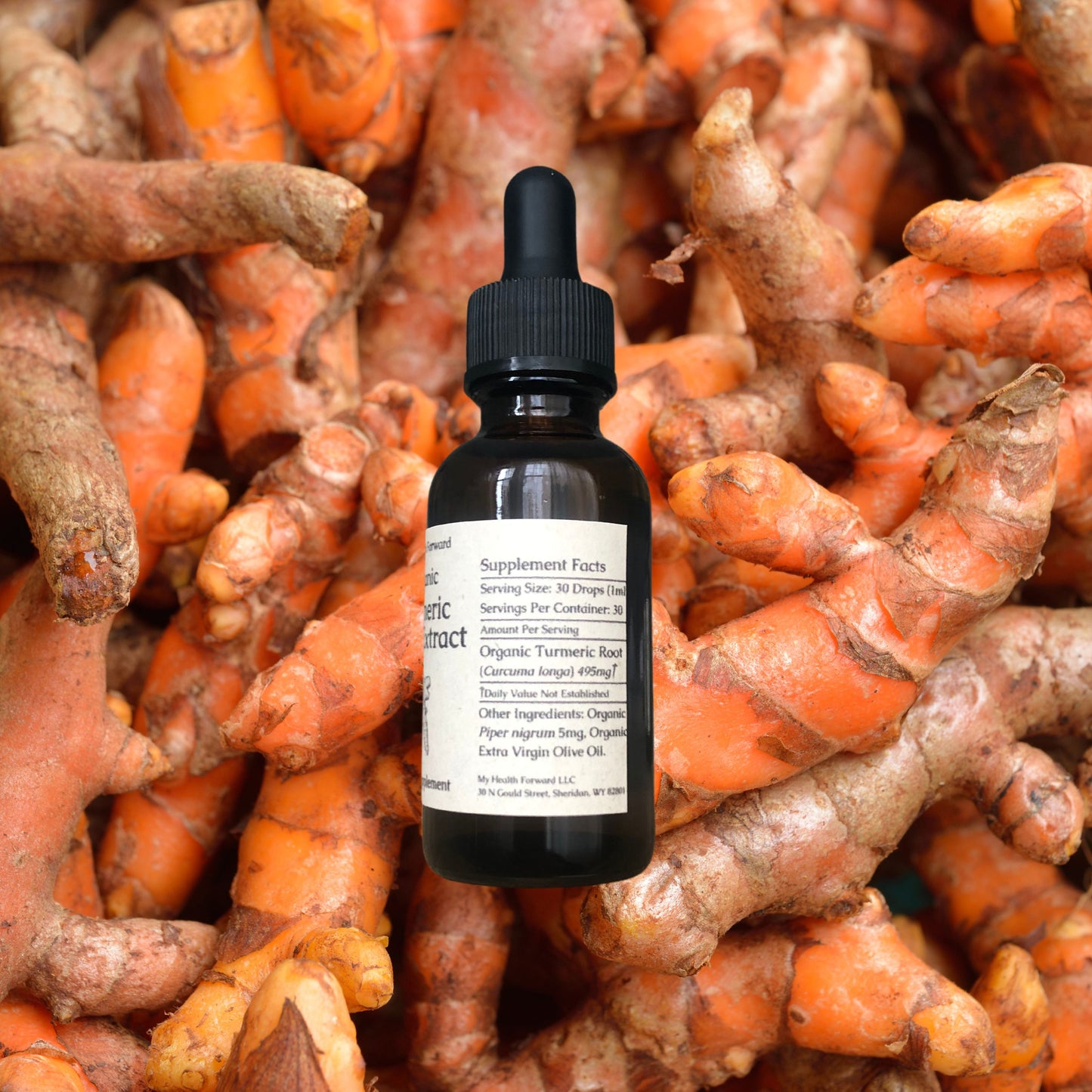
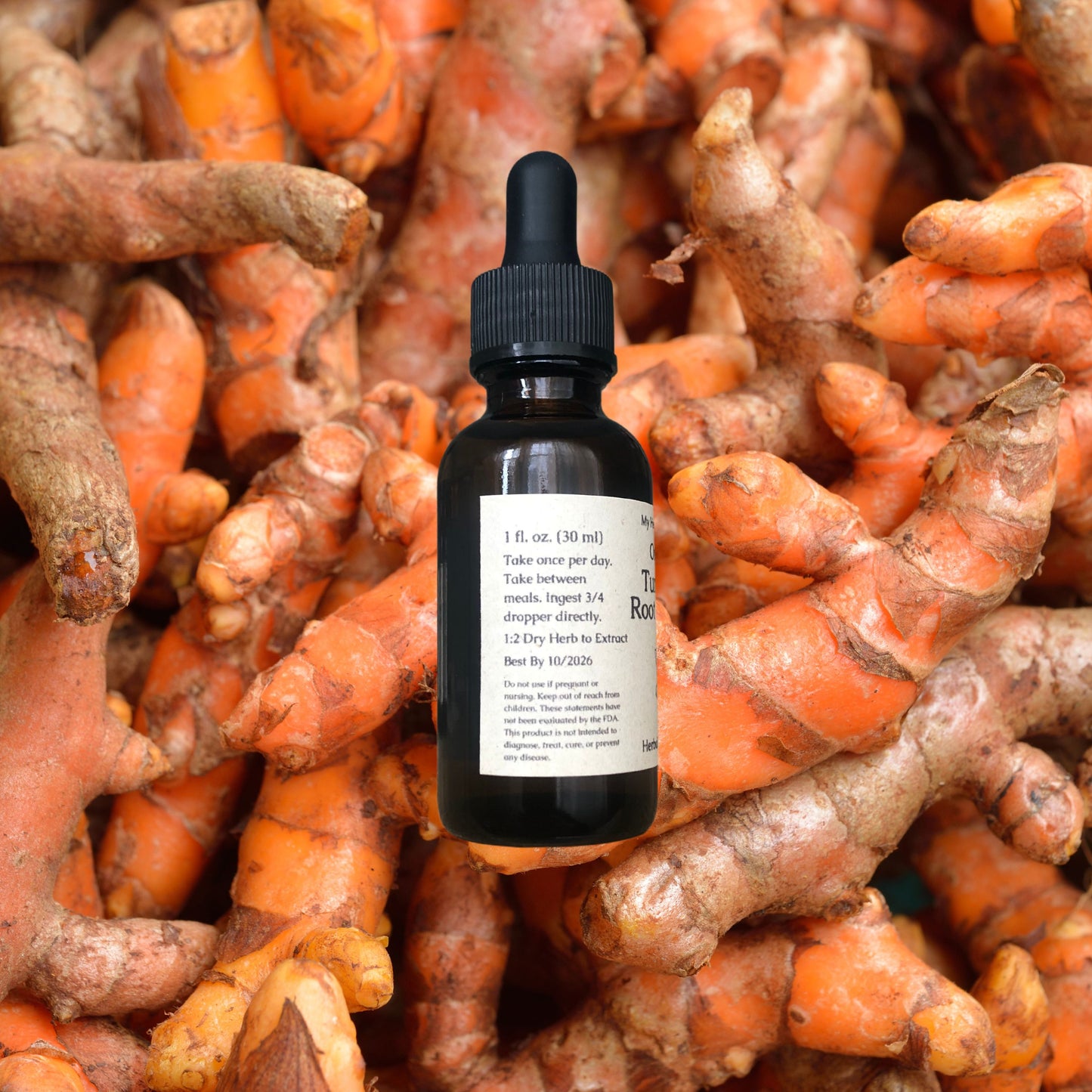
Organic Joint Health Tincture
Share
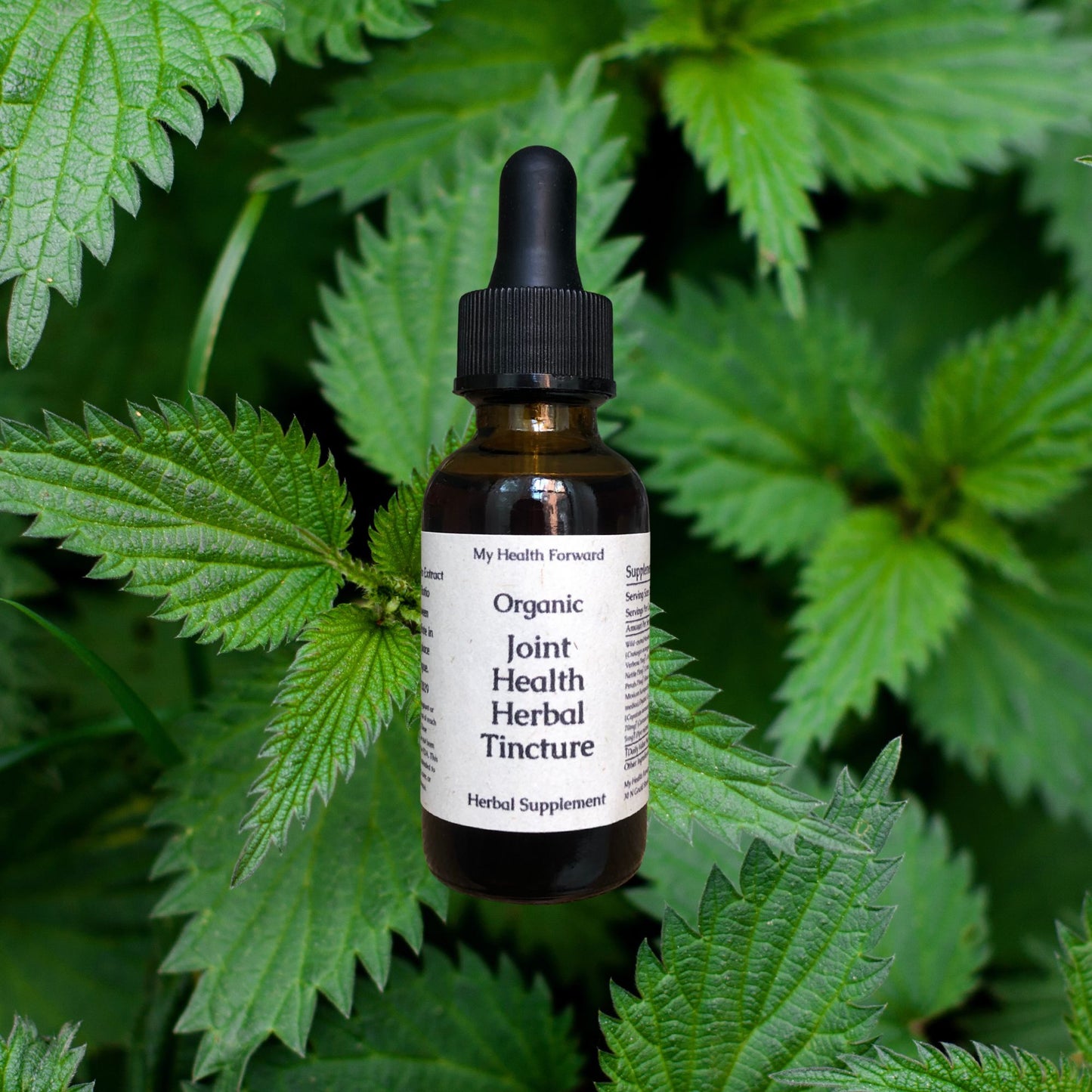




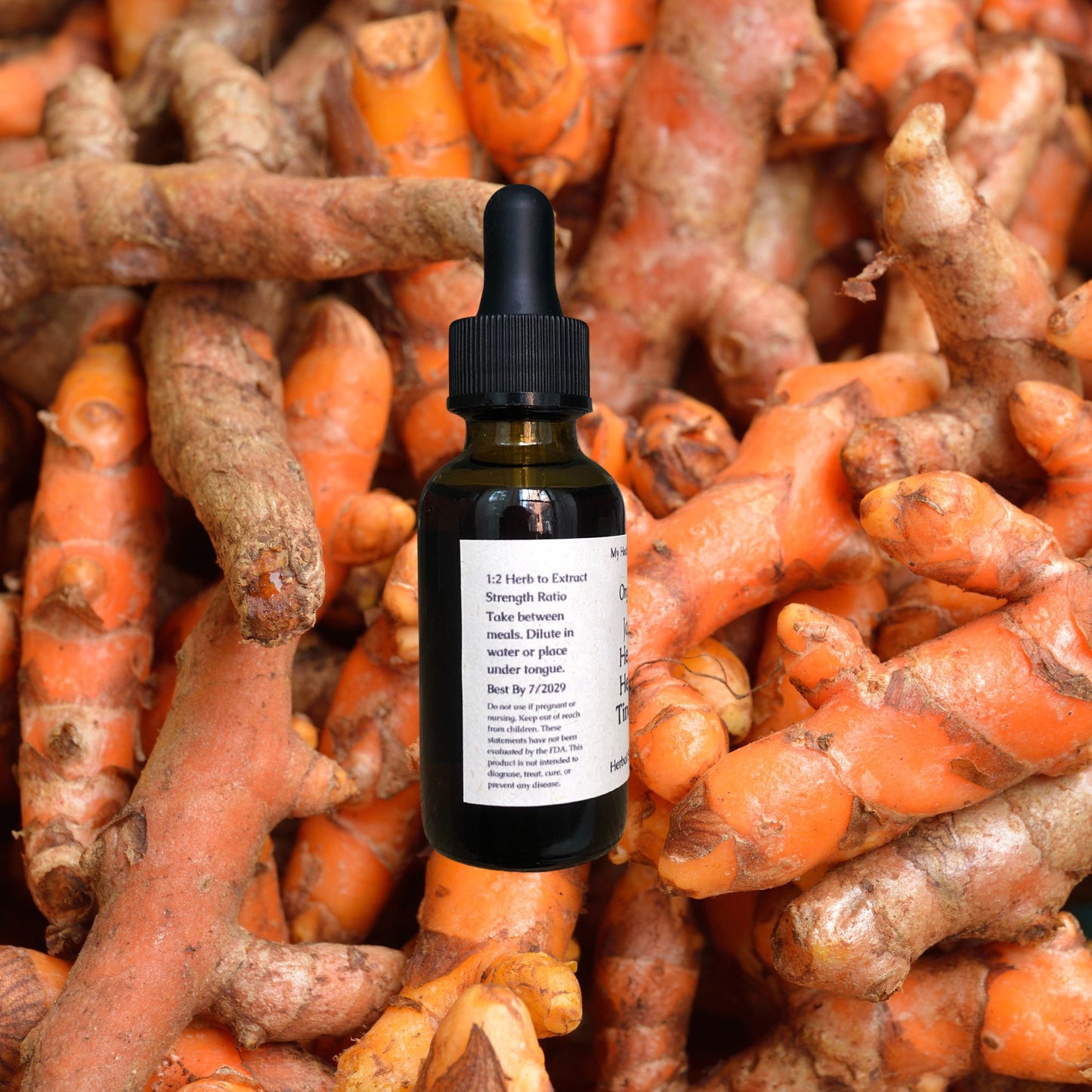

Browse My Heirloom Seeds
I carry over 180 varieties of heirloom seed packets that are open-pollinated, non-gmo, pesticide-free, and breed true to type. Growing your own produce provides you with continual access to healthy and nutritious food.

Find Local Farms
Find farms near you using my map with over 6,600 local farms, ranches, markets, and stands across the country.
